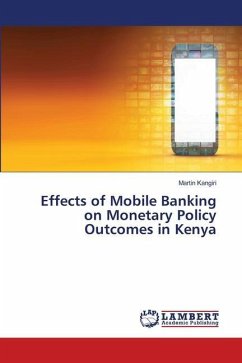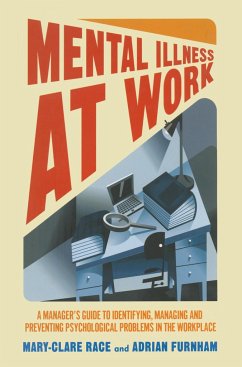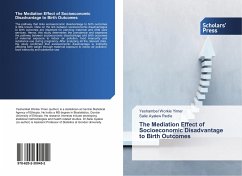
Mental Health, Schooling, and Labor Market Outcomes
Versandkostenfrei!
Versandfertig in 6-10 Tagen
46,99 €
inkl. MwSt.

PAYBACK Punkte
23 °P sammeln!
This study explores the life-cycle relationships between poor mental health and human capital formation for men and women. It tests the hypothesis that parental mental disorder and an adolescent mental disorder during schooling years increase the probability of that individual's dropping out of high school. This study also tests the related hypothesis that current and lifetime mental disorders decrease the probability of his/her labor force participation as well as his/her annual income. The findings from the first part of this study indicate that the probability of dropping out of high school...
This study explores the life-cycle relationships between poor mental health and human capital formation for men and women. It tests the hypothesis that parental mental disorder and an adolescent mental disorder during schooling years increase the probability of that individual's dropping out of high school. This study also tests the related hypothesis that current and lifetime mental disorders decrease the probability of his/her labor force participation as well as his/her annual income. The findings from the first part of this study indicate that the probability of dropping out of high school is significantly higher for both girls and boys with parents who suffer from depression, generalized anxiety, and alcohol and drug dependence/abuse compared to those with parents without these disorders. The results from the second part of this study indicate that an early onset (during schooling years) of anxiety, alcohol dependence and conduct disorders significantly increase the probability of dropping out of high school for boys and girls.












